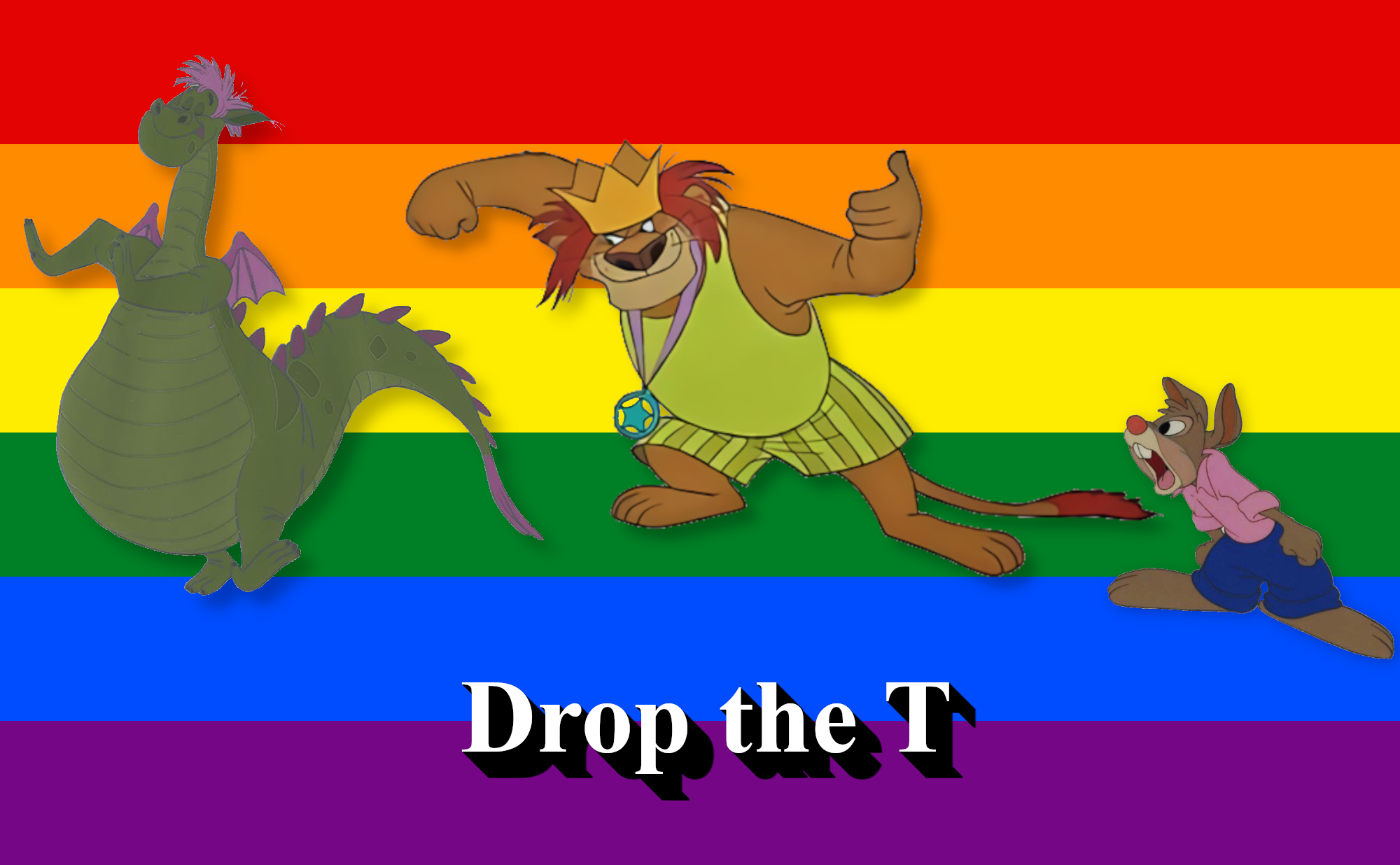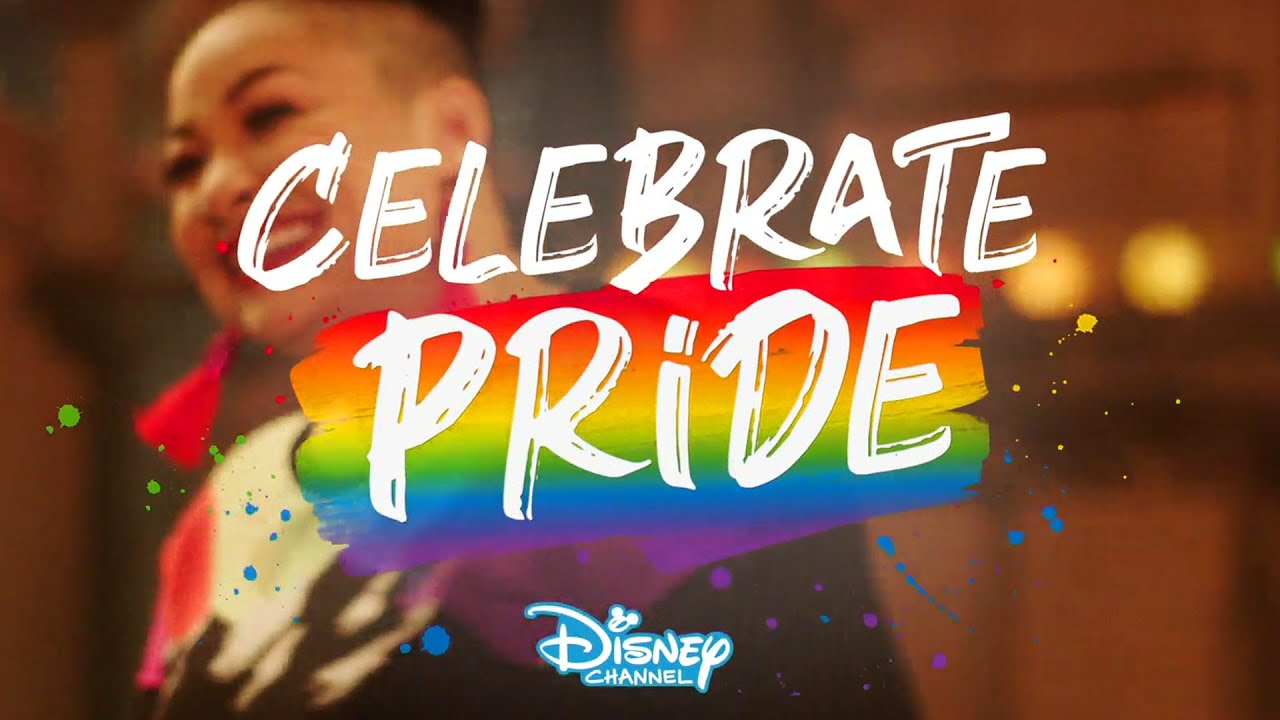

Why “Disney Pride” Doesn’t Fill Me With Pride
By Matthew Anscher
WARNING: POTENTIAL SPOILER ALERT FOR FROZEN II
It’s June again, which means pride is bustin’ out all over, and corporate America is rolling out the rainbow carpet again in order to create the illusion that they care about gays, lesbians, and bisexuals. But they are showing they care less and less about us than they are about those who glommed onto LGB and subsumed it to their own homophobic, misogynistic agendas. Lo and behold, The Walt Disney Company has just become one of those companies, decades of resistance having finally been worn down.
A Twitter post by Disney showing a joint gay and tr-ns pride flag accompanied by its five core cartoon characters Mickey, Minnie, Donald, Daisy, Goofy, and Pluto marching in profile appeared earlier this month. Gravity Falls creator Alex Hirsch called them out for their hypocrisy, pointing out how many “LGBTQ+” (his words, not mine) characters he was told to “please revise” for "not being Disney appropriate." When "Disney appropriate" over the years has included Kim Possible's overly revealing clothes despite her still being in high school, Baby Herman hitting on much-older women (yes, Touchstone counts in the strictest technical sense), cross-dressing bears, and every manner of villainy known to humankind (and quite a few other species, too), that speaks volumes. Despite his unfortunate choice of words, he has a point. Disney’s pandering to gays has always seemed less like actual support for gay civil rights goals and more like them crying “get off our backs!" No pun intended, of course.
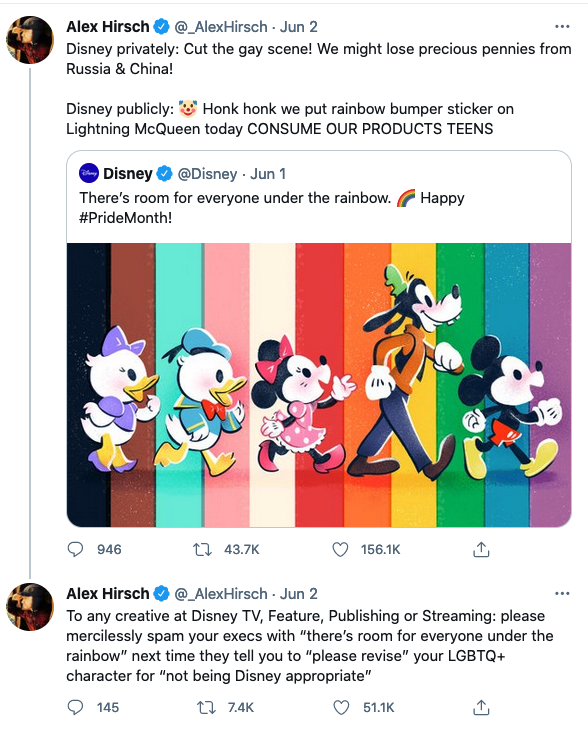
While
the movie division is another matter, the Disney theme parks’ history
with gays is checkered at best. Disneyland opened in 1955 when gay sex
was still illegal everywhere in the US. The park imposed a ban on
same-sex dancing almost as soon as it opened. It was not until
1961 that Illinois, which, incidentally, was the birthplace
of Walt Disney, was the first state to remove its sodomy laws from the
books. Walt died in 1966, after which society changed all around them
and they refused to budge — except for integrating the Mickey Mouse Club
(the Lisa Whelchel version was the first one with Black, Asian, and
Latino Mouseketeers, one of whom, the half-Mexican half-Apache Angel
Florez, died of AIDS in the 1990s), trying to make Helen Reddy
into a movie star (while successfully doing so for Jodie Foster), and
eventually letting the mildest four-letter words creep into their
movies. But despite the post-Stonewall rise in gay visibility,
homosexuality was still the love that dared not speak its name within
the hallowed walls of the Magic Kingdom. At least not until John Candy
could gloat to Tom Hanks about getting a story published in Penthouse
about having sex with a lesbian in Splash (although four years
earlier, the opening credits of Midnight Madness had two
women on roller skates holding hands).
The state of California repealed its sodomy laws in 1975. This went unnoticed and unacknowledged at Walt Disney Productions. In 1978, the same year Roddy McDowall essentially reprised his 1965 That Darn Cat role in The Cat from Outer Space, the parks reluctantly allowed a gay and lesbian bar association to organize an event there, with restrictions. The event was not repeated. A gay couple ejected from the park in 1980 for dancing together sued the park for discrimination and won. Needless to say, the keepers of the kingdom had trouble coping with a world without Walt Disney. By now, the gay community had AIDS to deal with as well as discrimination.

When management changed, Disney made minor gestures that suggested they had changed. But these changes came at a cost. There was still resistance from within, and they refused to acknowledge gays without also pushing tr-ns propaganda. The first episode of The Golden Girls had the women employ a gay cook named Coco (the late Charles Lewin), but creator Susan Harris, who also had Billy Crystal play a gay character on her earlier sitcom Soap, wanted him out because she didn’t want these women depending on any man, not even a gay man, to take care of them. Then they turned around and did an episode about a supposedly male politician claiming to have slept with Blanche only to admit that “he” used to be a she. That you can still watch on Hulu but not Dorothy’s son marrying a Black woman that same season thanks to Rose and Blanche’s “mud packs.” But this was from Touchstone, the adult-centric division founded in 1984 by Ron Miller, Walt Disney’s then-recently deposed son-in-law who thought Jeff Bridges in spandex playing frisbee was the cure for their for their box-office woes. It was this division that out gay characters were allowed in, and then again only now and then, such as a small role by a gay dancer named George in Outrageous Fortune who asks Shelley Long’s character for a date. The most influential gay person of note during this era who legitimately deserves credit for Disney’s recovery is Howard Ashman, although AIDS cut him down in his prime as well.
Okay, I’ll give credit where credit is due. They made a handful of gay-themed movies when they owned Miramax. They had the US distribution rights to 1995’s controversial Priest (cut by 7 minutes from its original UK version), then turned around and cut the love affair between Ryan Phillippe and Breckin Meyer’s characters out of 1998’s 54, turning it into a muddled attempt to create synergy with ABC's All My Children while effectively nipping the career of its openly gay director, Mark Christopher, in the bud. That same year, they released a tr-ns-themed film from Asia called That’s The Way I Like It, in which two grown brothers are obsessed with movies. One (Adrian Pang) idolizes John Travolta’s Tony Manero from Saturday Night Fever, the other (Caleb Goh) Audrey Hepburn’s Holly Golightly from Breakfast at Tiffany’s, so the latter brother crosses the line by literally becoming Holly Golightly. There were no cuts to the film that I could find, which shows that even then they favored tr-ns over gays. Mr. Weinstein, I must protest! But giving credit where credit is due means also acknowledging that Disney no longer owns Miramax, wisely shedding themselves of it before Harvey Weinstein’s predatory behavior became public and not after. It was only then that what was left of Miramax restored the original cut of 54, and even then they had to settle for less-than-perfect picture sources.
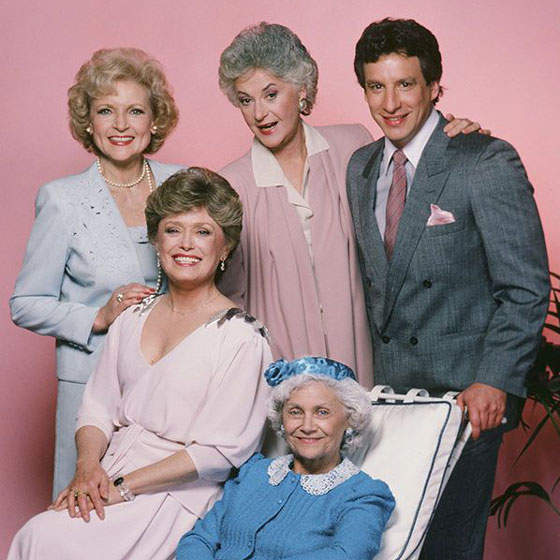

Meanwhile, back at the parks, change came in a different way. After losing a second gay dancing lawsuit filed against Walt Disney World in 1987, the park responded with their annual Gay Days. This was too much for the Southern Baptist Convention, who launched a boycott that changed nothing and only made them look sympathetic in the wake blunders such as Disney’s America which made them look the opposite. Unfortunately, the next 25 years gave us more of the latter than the former.
When Frozen became a hit and the studio announced a sequel, fans took to Twitter to call for Disney to #GiveElsaAGirlfriend. Not only did they not do that, they were more comfortable making her and Anna’s grandparents genocidal imperialists. This undermined the original film’s attempts to take a character who had once been a villain and make her the heroine. As a result, Frozen II did not match its predecessor in popularity, proving Walt was right when he said “you can’t top pigs with pigs” in return to the diminishing returns he saw from Three Little Pigs sequels back in the 1930s. Nobody objected to the heterosexuality of Tiana in The Princess and the Frog or Rapunzel in Tangled. Plenty of people should have objected when 2016’s criminally overrated, demusicalized, in-name-only remake of 1977’s criminally underrated Pete’s Dragon took the pink out of Elliott the Dragon’s hair, one of many ways they threw out the baby out with “Candle on the Water.” Instead, their objections to the subsequent remakes of the biggest and best titles in the Disney library fell on deaf mouse ears. The supposedly kinder, gentler (read: bland, overprocessed, and homogenized) Disney of today still can’t do much better than token characters here and there, but mostly cut in countries where homosexuality is still illegal.
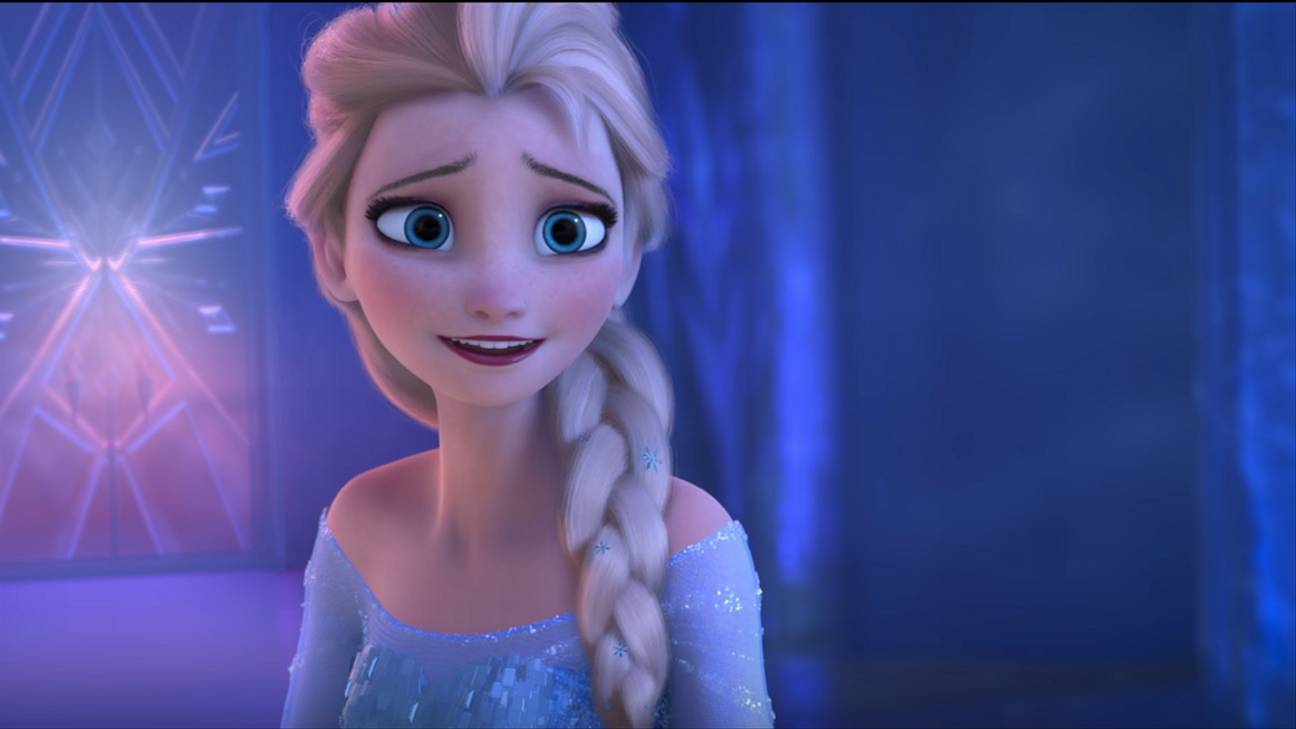
This recent Twitter brouhaha shows the company up for what they really are: panderers who are no less homophobic now than they were in 1987 and are looking for a way to take us all back to 1957 without looking like religious fanatics in doing so. Studies have shown that so-called tr-ns “kids” (to even use the words together is cringeworthy) will most likely grow up to be gay and lesbian without medical intervention. Disney is guilty of genocide. Again. The deal with News Corporation to take 20th Century Fox off their hands also gave them National Geographic, which pushed this same propaganda before the buyout and is now doubling down on it with a Katie Couric special.
I
will not give one thin dime to a company that supports anything tr-ns,
especially a company that markets to children, especially one that has
been part of the lives of generations of children. It also supports my
theory that the disappearance of Song of the South, the unfairly
maligned 1946 classic mixture of Technicolor live-action footage shot by
the cinematographer of Citizen Kane with some of the best
animation the Disney animators ever created, is not just because of
racial issues but because of the film’s attitudes toward certain
fabrics. Miss Sally (Ruth Warrick, All My Children) dresses her
son Johnny (Bobby Driscoll) in a blue suit that includes a lace shirt
collar. Toby (Glenn Leedy) pays no mind to it, but the Favers boys, Jake
(Georgie Nokes) and Joe (Gene Holland) do, teasing him by saying “look
at the little girlie.” Traumatized by the situation, he takes it off and
gives it to their sister Ginny (Luana Patten). By throwing their support
to the tr-ns cult, they are siding with the Favers boys by saying that
lace is for girls.
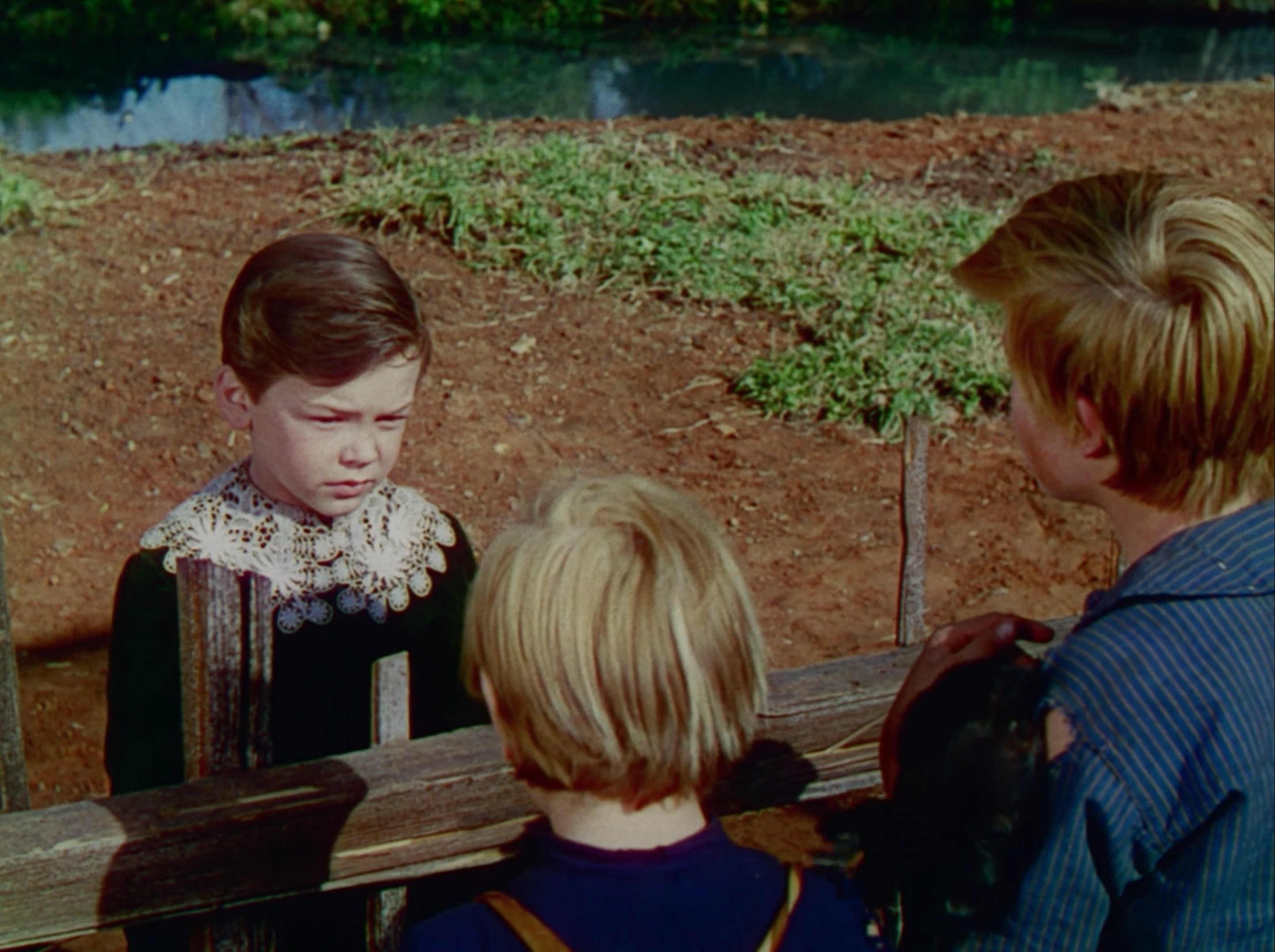
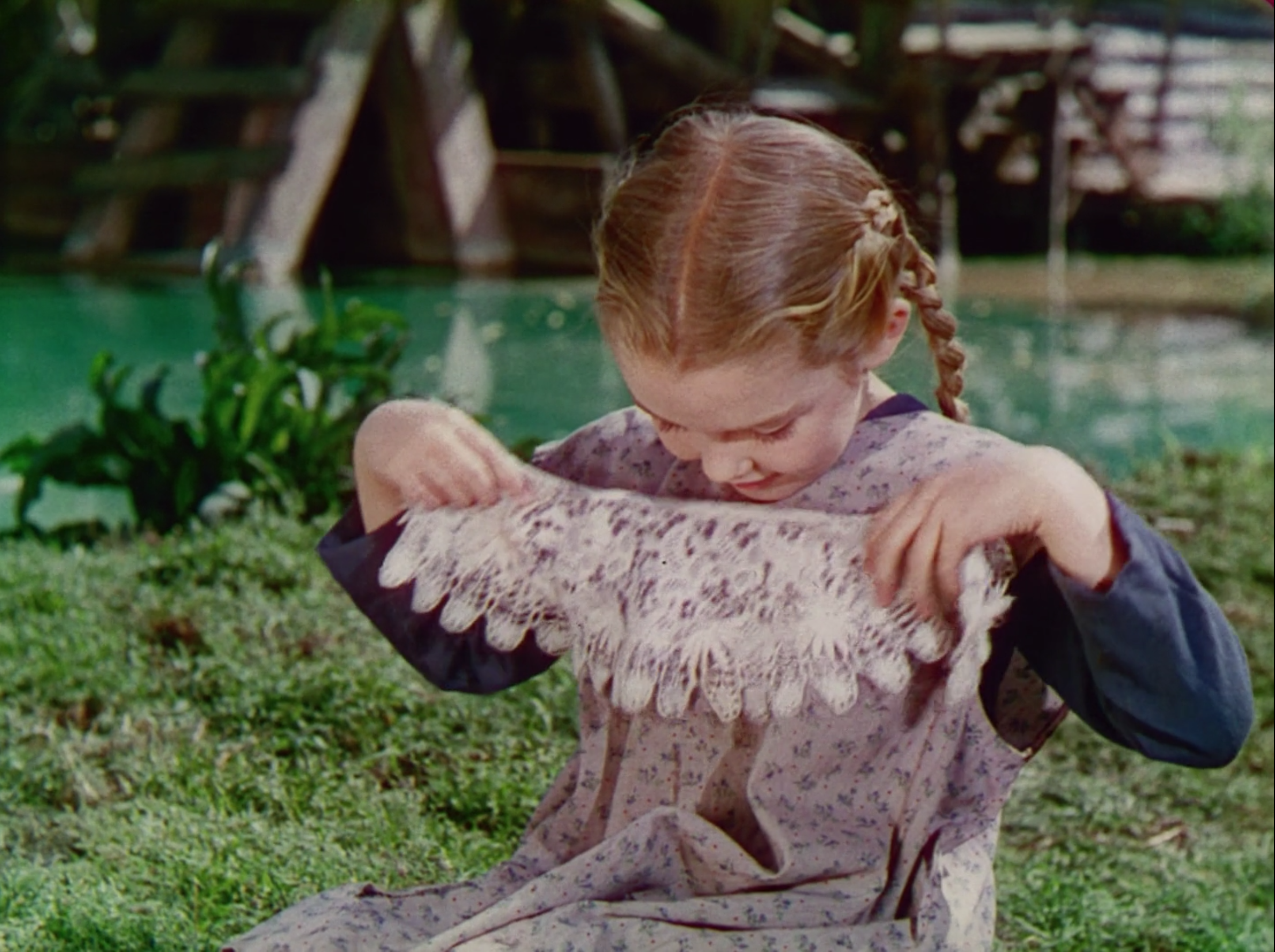
The South gave birth to another John(ny) that year (if you count Baltimore, which is basically the northernmost point of the South culturally speaking): John Waters, director of such cult movies as Pink Flamingos, Female Trouble, and Hairspray, all of which starred the late 300-pound drag queen Divine. In a 1996 reprint of a compilation of three of his screenplays, he wrote an “Introduction to an Introduction” discussing who he would cast in a gun-to-the-head remake of his 1972 breakthrough feature, retroactively rated NC-17 for a re-release around the same time: “I’m against the Disneyization of drag queens. I think families should run in fear at the sight of my heroine, not want to cuddle up to her like Mrs. Doubtfire or Tootsie.” When he wrote those words, he probably had no idea that one of those movies would ever actually be owned by Disney. I still can’t believe it myself when that same deal that gave them the 20th Century Fox studio and with it The Sound of Music, My Friend Flicka, and a bunch of old Shirley Temple movies also gives them the rights to The Rocky Horror Picture Show and Myra Breckinridge. But considering Mulan was two years away, Waters’ memory of Disney must be selective because they were able to deal with cross-dressing before they could deal with homosexuality. It’s always been all over Disney cartoons from Donald and Goofy pretending to be a she-moose to attract a he-moose in 1936’s Moose Hunters to one of Donald’s nephews pulling the wool over his Uncle’s eyes in 1951’s Lucky Numbers. Animated features varied from the rigid clothing styles allowed for male and female mice in 1950’s Cinderella to 1973’s Robin Hood putting his title character and his sidekick in drag as fortune tellers. It showed up in live-action features from Tommy Sands in Babes in Toyland to Red Buttons in Pete’s Dragon to Don Knotts in The Apple Dumpling Gang Rides Again even before the studio doubled down on sex, violence, and profanity. This goes way, way beyond that. They are selling genital mutilation to children. The frequent recutting of Disney’s brilliant 1971 musical Bedknobs and Broomsticks was one thing. Now, they are giving the thumbs up to the destruction of lesbian breasts and gay male penises.
There is no reason to keep outdated attitudes surrounding homosexuality alive, but there is also no reason for Disney to throw its weight in with the excesses of TQ+ activism. There’s a time and a place for everything, and I’m not convinced Disneyland is the place for it. A sexual orientation discrimination lawsuit filed by a gay executive who has been with the company 27 years suggests that they aren’t as full of gay pride as they claim. Quite the opposite, as a matter of fact. This is the only Disney pride flag I want to see:
